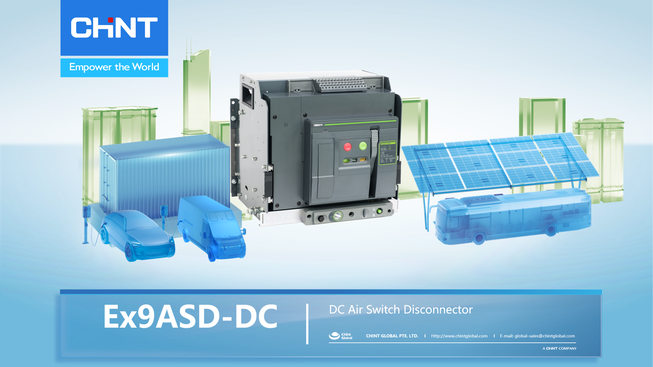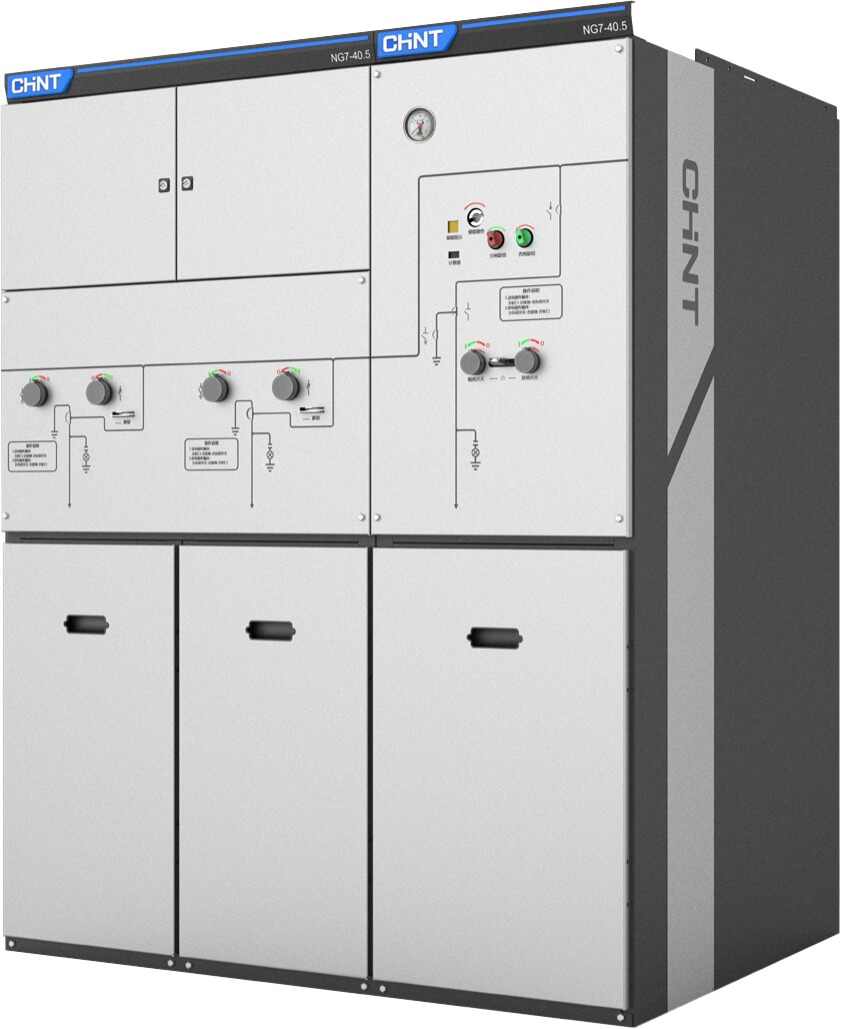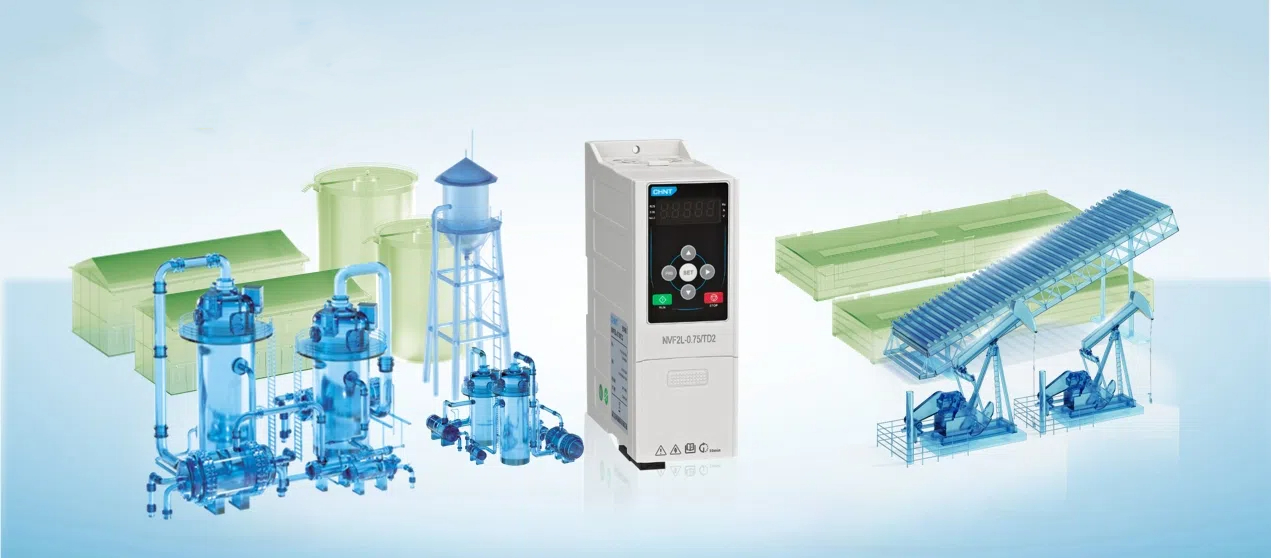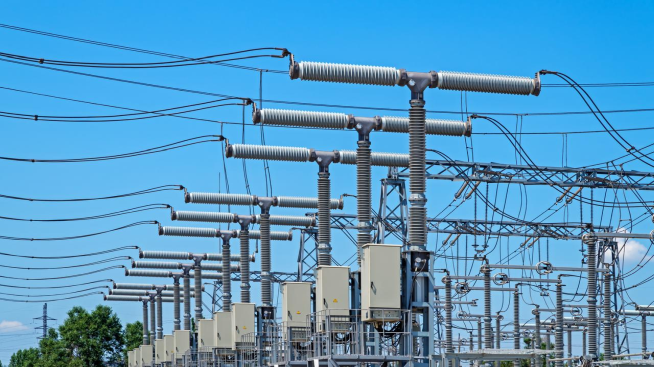Table of Contents |
Modular contactors function as electromagnetic switches in electrical systems. They are often mounted on the rail of distribution panels and connected with other essential electrical devices to form a complete electrical setup. Thus it is important to ensure the contactor is compatible with other electrical devices and the entire electric system. This compatibility can be easily achieved by checking the nameplate of modular contactors. Read on to learn how to read a modular contactor nameplate correctly.
Understand the Circuits in a Modular Contactor
Before introducing how to read the nameplate of a modular contactor, it is crucial to clarify the circuits in a modular contactor first. There are two distinct circuits in a modular contactor:
Control Circuit
The control circuit in a modular contactor is responsible for powering the contactor itself. This circuit typically handles lower voltages and currents. When the control circuit is made, electrical current passes through the coil or electromagnet of the contactor, creating a magnetic field that induces a pulling force on the armature. This subsequently activates the power circuit.
Power Circuit
The power circuit is the high-current path that the contactor is designed to switch on and off. This is where the contactor’s primary function of making and breaking connections takes place. The power circuit is composed of heavy-duty contacts that are capable of handling high voltages and currents without welding or excessive wear.
How to Read the Nameplate of Modular Contactor
Let’s go through the common information on a modular contactor nameplate using the NCH8-Z Modular Contactor as an example:
CHINT: This is the brand name of the contactor.
NCH8-63Z: This is the product name.
Ie 63A: This indicates that the rated operating current of the contactor is 63 amperes.
Ue~ 400V: The rated operating AC voltage is 400 volts, specifying the voltage level at which the contactor is designed to operate.
Ui~ 500V: The rated insulation AC voltage is 500 volts, which is a safety measure to protect against voltage surges.
AC-7a (AC-1) 63A: When applied to resistive (non-inductive) or slightly inductive loads, the contactor can handle a rated current of 63 amperes.
AC-7b (AC-3) 25A: When applied to high inductive loads, the contactor can handle a rated current of 25 amperes.
IEC/EN 61095 & IEC/EN 60947-4-1: These are certification numbers that indicate the contactor meets specific international safety and performance standards.
230V AC: This indicates the control circuit can be powered by an alternating current of 230 volts.
50/60Hz: This specifies the frequency of the AC power supply, which should be either 50 or 60 hertz.
230V DC: This indicates the control circuit can also be powered by a direct current of 230 volts.
Wiring Diagram: A graphic provided that illustrates the connection points for both the control and power circuits. Terminals A1 and A2 refer to the control circuit, while terminals 1-8 refer to the power circuit.
What Else Should You Know about the NCH8-Z Modular Contactor
Reading and understanding the modular contactor nameplate ensures that you select the right contactor for your specific application. The NCH8-Z Modular Contactor from the top contactor company CHINT is highly recommended. Its advantages include:
Hum-Free Operation
The NCH8-Z Modular Contactor can eliminate noise up to 60 decibels. It is internally designed with unique silent coils and can create an absolutely quiet environment. This ensures quiet operation. It is ideal for environments where noise reduction is crucial, such as in offices, hospitals, hotels, etc.
Compact Size
The NCH8-Z Modular Contactor is of compact size. The 1P product is only 18 millimeters, and the 4P model can be as slim as 36 millimeters. This makes it ideal for installations where space is at a premium. Its modular design allows it to fit alongside MCB and SPD products in terminal boxes and small distribution boxes.
Highly Applicable
With a current rating of 16-63A and compatibility with both AC and DC, the NCH8-Z is suitable for all resistive and inductive loads. Customers won’t need to replace the contactor even if the electrical system changes from DC to AC.
Conclusion
Understanding the modular contactor’s nameplate is essential for the proper selection and application of these switches in your electrical systems. The NCH8-Z Modular Contactor stands out as a highly applicable product with hum-free operation and compact size. Visit our website for more about CHINT contactors.




-20240603-1.jpg)
-20240603-2.jpg)









